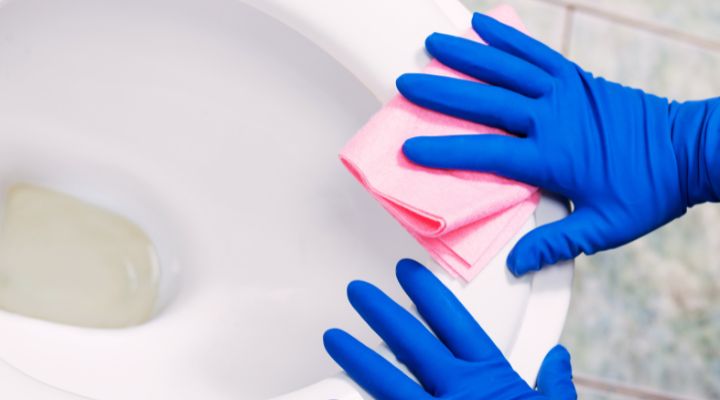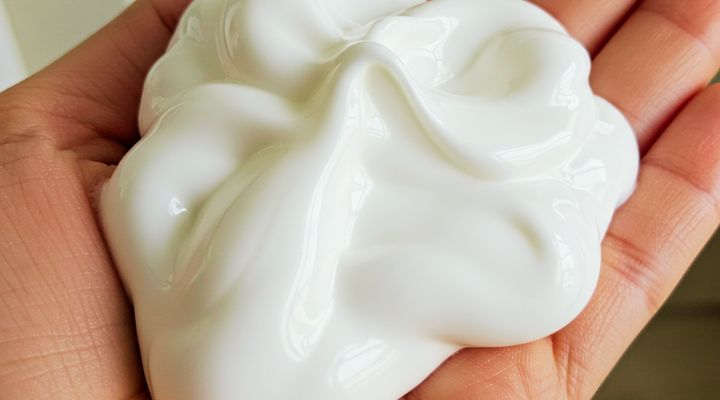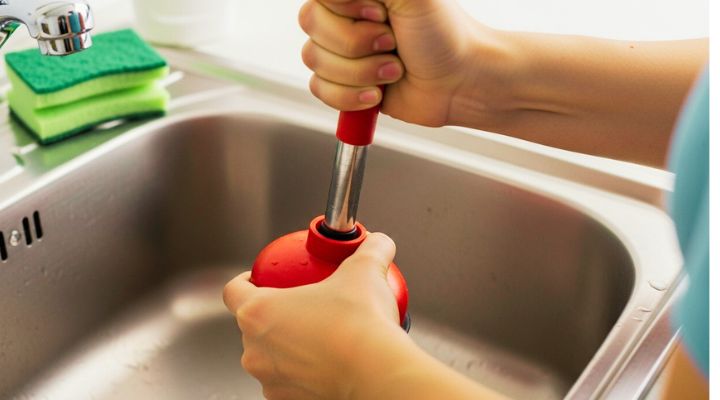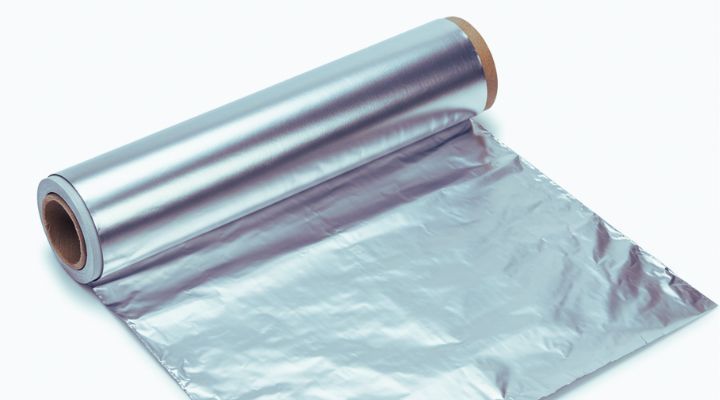Keeping towels soft, fluffy, and absorbent without using fabric softener is not only possible but incredibly simple when using the right methods. We present a comprehensive guide to achieving luxuriously soft towels through natural, effective, and long-lasting techniques. This guide will help ensure that your towels never become stiff, scratchy, or rough again, while also extending their lifespan and improving hygiene in your home.
Why Towels Get Rough Over Time
Towels lose their softness due to several hidden issues that accumulate slowly with ongoing use. Understanding these causes is essential for bringing your towels back to life.
1. Mineral Buildup
Hard water contributes to calcium and magnesium deposits that cling to towel fibers, making them feel hard and rigid.
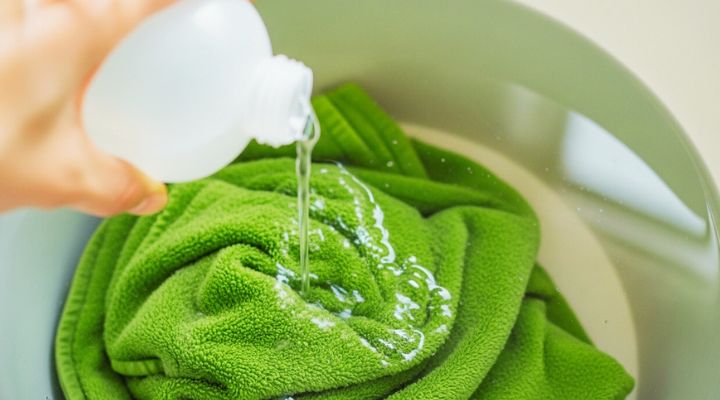
2. Detergent Residue
Using too much detergent – or the wrong type – leads to buildup within the fabric. Detergent that doesn’t rinse out forms a stiff layer that prevents the fibers from fluffing naturally.
3. Fabric Softener Coating
Ironically, liquid fabric softeners destroy towel absorbency, coating fibers in a waxy film that eventually leads to roughness.
4. Improper Drying
Overheating towels, drying them too slowly, or leaving them damp for long periods can damage fibers and cause stiffness.
The Best Natural Methods to Keep Towels Soft Without Fabric Softener
Below are proven, effective, and safe methods that ensure long-term softness and absorbency.
1. Wash Towels With White Vinegar to Restore Softness
White vinegar is one of the most powerful natural solutions for softening towels without damaging them.
How it Works
Vinegar dissolves minerals, breaks down detergent buildup, and naturally deodorizes.
How to Use It
- Add 1 cup of white vinegar directly into the washing machine drum.
- Do not use detergent during this cycle.
- Wash in warm water for optimal results.
Repeat once a month to maintain long-term softness.
2. Use Baking Soda for Deep Fiber Cleansing
Baking soda refreshes towels and eliminates all trapped odors and residues.
How to Use It
- Add ½ cup of baking soda to your next wash cycle.
- Use warm or hot water depending on towel material.
- Do not mix baking soda and vinegar in the same cycle.
This process boosts fiber flexibility and restores plushness.
3. Choose the Right Detergent and Use Less of It
Using strong, heavily perfumed detergents is one of the biggest causes of rough towels.
The Ideal Detergent Routine
- Use half the recommended amount on the packaging.
- Prefer liquid detergents for soft water or powder detergents for hard water.
- Avoid detergents containing softening agents, dyes, and fillers.
Less detergent means less residue and softer towels.
4. Wash Towels Separately for Maximum Softness
Towels require different washing conditions than clothes.
Why Separate Washing Helps
- Clothes contain zippers and buttons that damage towel loops.
- Towels trap lint, reducing softness.
- Mixing materials prevents optimal rinsing.
Dedicate a wash cycle exclusively for towels to maintain consistent softness.
5. Shake Towels Before and After Drying
This simple movement reactivates fibers and prevents compacting.
How to Do It
- Shake towels vigorously before placing them into the dryer.
- Shake again after drying to remove lint and restore fluffiness.
This enhances air circulation between fibers and boosts softness.
6. Dry Towels the Right Way: Controlled Heat Only
Heat plays a major role in how towels feel after drying.
Best Drying Practices
- Use medium or low heat settings in the dryer.
- Add dryer balls (wool or rubber) to lift fibers naturally.
- Avoid overdrying, which cooks fibers and creates stiffness.
Air-drying is acceptable but do the following:
- Shake towels halfway through drying.
- Avoid leaving them in direct sun for too long.
7. Remove Fabric Softener Residue Permanently
If you have used fabric softener in the past, your towels may already be coated.
How to Reset Your Towels
Run a two-step stripping method:
- First cycle: wash with 1 cup vinegar
- Second cycle: wash with ½ cup baking soda
This restores towels to their natural absorbent and fluffy state.
8. Use Dryer Balls Instead of Softener
Dryer balls are an exceptional alternative to chemical softeners.
Benefits of Dryer Balls
- Increase air circulation
- Prevent clumping
- Reduce drying time
- Naturally fluff towel fibers
They work without damaging the towel structure or reducing absorbency.
9. Avoid Overloading the Washing Machine
Overloaded machines prevent proper rinsing, leaving detergent residue.
Optimal Load Size
- Fill the machine two-thirds full
- Make sure towels move freely during wash cycles
Proper space ensures better water flow and softer results.
10. Invest in High-Quality Cotton Towels
Premium towel materials naturally stay soft longer.
Best Materials
- Turkish cotton (luxurious and highly absorbent)
- Egyptian cotton (long fibers and ultimate softness)
- Supima cotton (durable and plush)
Quality fibers resist mineral buildup and recover softness easily.
11. Replace Towels Every 2–3 Years
Even with perfect care, towels wear out eventually.
Signs Towels Need Replacement
- Persistent roughness
- Reduced absorbency
- Bad odors even after washing
- Fraying or flattened loops
Replacing old towels keeps your daily routine comfortable and hygienic.
Step-by-Step Routine for Always-Soft Towels
Follow this simple maintenance schedule:
Weekly
- Wash towels using a small amount of detergent.
- Shake before drying.
- Dry on medium heat with dryer balls.
Monthly
- Run a vinegar-only wash cycle to dissolve buildup.
Every 3 Months
- Deep clean with baking soda for maximum freshness.
This routine keeps towels consistently soft, clean, and fluffy without ever needing fabric softener.
Final Thoughts
Achieving soft towels without fabric softener is not only achievable but far healthier for your skin, washing machine, and household environment. Through natural cleaning agents, proper laundry methods, and smart drying techniques, your towels will remain fluffy, fresh, and irresistibly soft every time you use them.

